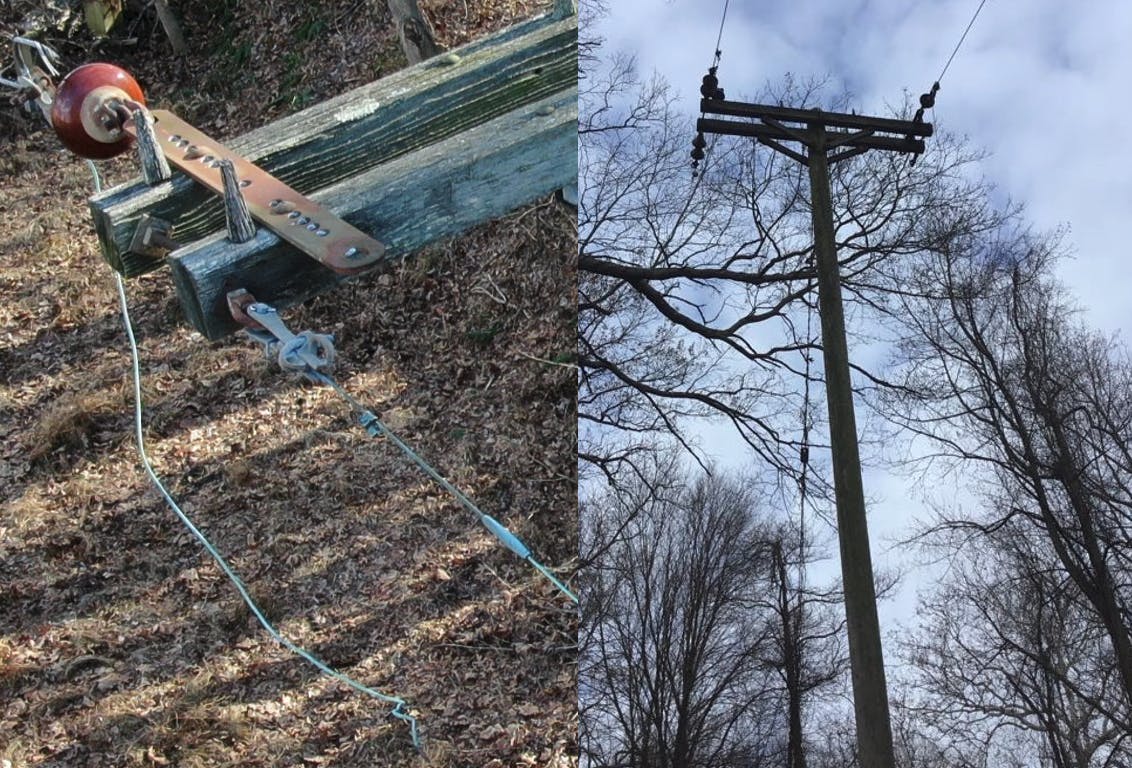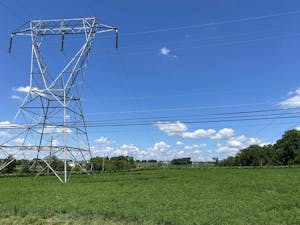Drones are safer and more effective tools than helicopters for utility inspections of energized electric lines. So, why are utilities still employing helicopters for line inspections?
Drone technology is now successfully replacing helicopters in utility inspection workflows on energized assets across the country. Drones enable the collection of higher quality data while improving process efficiencies that reduce costs. Most importantly, they lead to significant safety improvements without risking human operators to the danger of the wire environment. So, this begs the question: “Why are utilities still employing helicopters for line inspections?” Before we break down the benefits of using drones, we are first going to challenge the common objections we hear in the industry.
Why are Helicopters so Expensive for Inspections?
First, there is a significant cost difference between a typical inspection helicopter and a drone suited for transmission line inspections. On average, a fully equipped helicopter will cost more than $2M, while an equally compatible drone will come in the range of $250k or less. Factor in the operating costs, which consist of a highly trained pilot and flight crew, fuel, daily maintenance expenses, insurance, and mobilization charges. Processing, analyzing, and scoring data into actionable insights can affect costs as well. The average daily rate will range anywhere from $9,000 to $30,000 depending on how the level of detail in the work scope and various other external factors.
Drones are a Cost-Effective Alternative
When you compare the costs of a drone-based solution, it is easy to see how they become a cost-effective alternative. The average drone suitable for transmission inspections is about a tenth (or less) of the cost of a helicopter. The requirements for a commercial Part 107 certificate are far less prohibitive and time consumptive, which makes it much easier to get than a pilot’s license to fly manned aircraft. Electricity is far less expensive than aircraft fuel, but even if you are using a gas-powered or hybrid drone the fuel consumption will be a fraction of the helicopter by comparison.
A drone suitable for transmission inspections can cost less than a tenth as much as a helicopter. Number and cost of personnel, as well as operating costs including fuel, maintenance, and insurance, are significantly reduced when using a drone alternative for inspections.
Drones offer Unparalleled Safety Advantages for Utility Inspections
No matter the precautions that are in place, a helicopter’s flight path includes many industrial safety concerns that must be mitigated to prevent potential fatalities in the event of a crash or contact with surrounding energized assets. When flying close to energized lines that are close to the ground, there are many uncontrollable factors that simply cannot be mitigated, regardless of how extensive the safety plan may be. While we are quick to hear about catastrophic events, we rarely hear of the near-miss situations. It’s very common for helicopters to settle with power and the blades lose lift if they hover in the same spot for too long or moving too slowly. This means the pilot has very little time to adjust before the aircraft drops to the ground, so they must maintain a constant speed and capture inspection data on the fly.
We interviewed a helicopter inspector who said, “It happens a good bit at lower air densities, and even though we are FITWE (Flying in the Wire Environment) trained, the environment can change so drastically and suddenly you can’t see the power lines.”
When it comes to drones, these same industrial safety concerns are a non-factor. Drones can hover and fly at slower speeds effectively and can land if a problem arises. The ability to hover means the drone operator can let go of the controls and allow the drone to hover in the event he/she needs to reposition or regain situational awareness.
You Do Not “Need” Beyond Visual Line of Sight (BVLOS) Waivers
A common misconception is that it’s not cost-effective for utilities to use drones to inspect transmission and distribution assets due to regulatory constraints such as line of sight restrictions. It’s often asserted that a BVLOS waiver is necessary to get a return on your investment, and that is simply not true. This notion has stalled progress for many utilities pursuing innovative solutions to mitigate the many risks that come with using helicopters for utility inspections.

It’s also important to note that BVLOS mostly affects transmission line inspections (where helicopters are commonly used) due to their long linear corridors that cut across the terrain in mostly straight lines. On the other hand, distribution systems are mostly roadside since these lines travel from a substation to the customers’ meters. These are rarely inspected by helicopters. In fact, some state commissions prohibit helicopter inspections on distribution systems entirely.
So, what is “line of sight” in practical terms and how does it apply to these utility inspections? On a typical blue-sky day, a person on the ground can see a half-mile or more in either direction down a transmission corridor making it easy to maintain a line of sight on a drone to inspect up to a half dozen structures from a given location. Most transmission corridors also can be driven, which means crews are able to navigate the terrain with a 4×4 or ATV/UTV to follow the lines and set up new positions. This process may be slower, but when compared to the cost of using just one helicopter crew you can get up to ten times as many crews on the ground for the same price to complete the inspection in a similar timeframe.
Better Data Produces Better Insights

Helicopter utility inspections are performed with mounted cameras and/or handheld cameras and binoculars while flying parallel to the lines at a safe, but far, standoff distance. The manual approach is more commonly used, which means the quality of images varies between operators and is subject to turbulence, wind, and other external factors the operator is expected to work through.
Even with the best cameras, capturing images from far away in a helicopter is extremely challenging. Another common method is to use binoculars designed to remove the helicopter vibrations to see an asset clearly, but the constant vibrations and movement often produce distorted images. Although helicopters can outpace drones, they’re unable to get as close to the assets to capture the acute details necessary for a true comprehensive inspection. This means that the data acquired by drones is far superior and offers many downstream benefits that a helicopter lacks in competition.
Drone payload sensors are advancing rapidly with many already able to capture equal to or better data than helicopters at a fraction of the cost.
The Drone Difference
Drones are the future of aerial asset inspections. They’re less expensive, safer, and easier to use than helicopters. With current drone technology, inspections of wires and other above-ground assets can be completed efficiently and from a distance.
Related Content

DISTRIBUTECH International 2024 Featured Presentation is Now Available On-Demand
At DISTRIBUTECH International, our very own Teague Maxfield and Microsoft’s Bala Balakreshnan presented on data analytics for the T&D industry. Watch here!

Clearsight’s DISTRIBUTECH International and TechAdvantage 2024 Recap
Discover insights from Clearsight’s attendance at DISTRIBUTECH International and TechAdvantage 2024, highlighting key takeaways and event differentiators.

